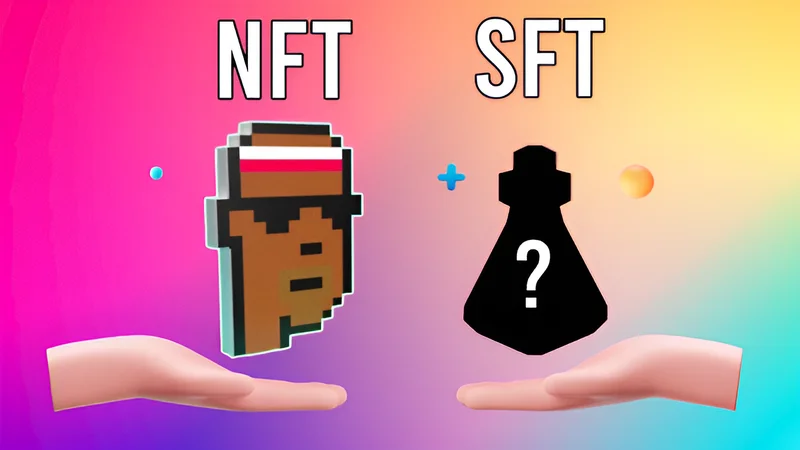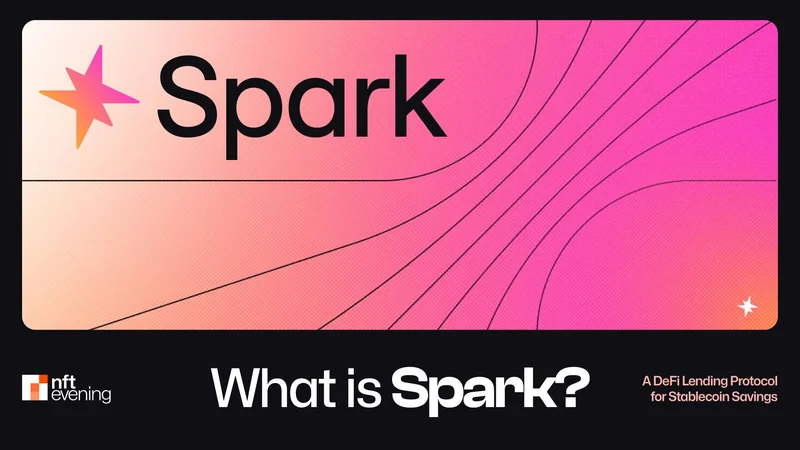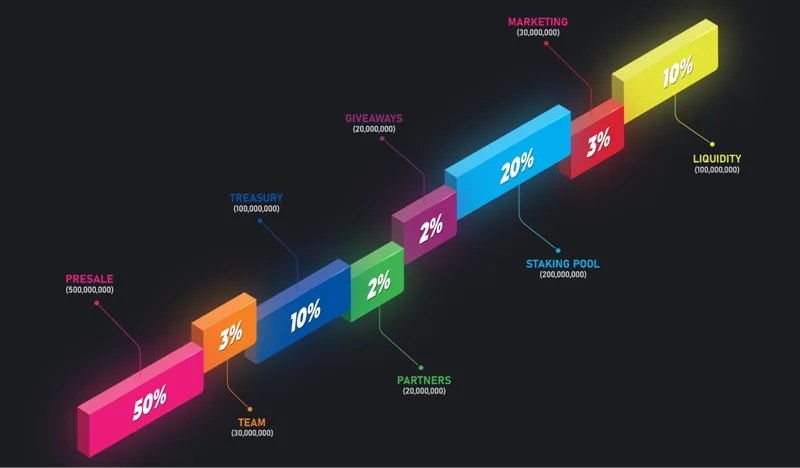In the world of blockchain, NFTs (non-fungible tokens) and SFTs (semi-fungible tokens) are two important types of tokens. Understanding their differences is especially crucial for women new to blockchain, as it helps grasp the diversity of digital assets.

Definitions
NFT: Each NFT is unique and non-interchangeable. They are commonly used in areas like art, music, and gaming items. For instance, a digital artwork created by an artist will have NFTs that, even within the same series, have distinct features and values.
SFT: In contrast, SFTs are divisible and interchangeable tokens, similar to traditional paper currency. For example, an SFT can represent a portion of a physical asset, like shares in real estate, or partial ownership of a digital item.
Interchangeability
NFT: Due to their uniqueness, NFTs are not interchangeable. You cannot directly swap one NFT artwork for another, as their values and characteristics differ.
SFT: SFTs are interchangeable. For instance, one SFT can be replaced by another SFT of the same value at any time, as they represent the same worth.
Use Cases
NFT: NFTs are widely used in digital art, gaming, and virtual real estate, often serving as proof of scarcity and ownership. For example, unique character skins in a popular game can be purchased and traded using NFTs.
SFT: SFTs are more suitable for assets that require division or sharing, such as real estate investment platforms that allow multiple investors to jointly own shares of a property.
Typical Examples
Notable NFTs:
- CryptoPunks: These early NFT avatars hold significant value and recognition in the digital art market.
- Bored Ape Yacht Club: This series of NFTs not only represents digital artworks but also serves as a social club for owners, providing exclusive benefits.
Notable SFTs:
- Real Estate Tokenization: Some platforms use SFTs to tokenize real estate assets, enabling multiple investors to co-own properties.
- Fractional NFTs: Through SFT technology, high-value NFTs can be divided into multiple parts, allowing more individuals to invest in expensive artworks or rare collectibles.
Investment Value
NFT Investment Value: The value of NFTs is often influenced by the artist's fame, the scarcity of the work, and market demand. While some top-tier NFTs can appreciate significantly in a short time, they also carry higher risks due to market volatility.
SFT Investment Value: SFTs are viewed as safer investments due to their divisibility and relatively stable asset backing (like real estate). As the value of the underlying assets increases, SFT holders can also enjoy stable returns.
Conclusion
NFTs and SFTs play different roles in the blockchain world, each with unique characteristics and applications. Understanding their differences can empower women new to blockchain to explore this promising field more effectively. When investing, it’s essential to consider personal risk tolerance and market dynamics to choose the appropriate asset type.
FAQ
Q: Can NFTs and SFTs coexist?
A: Yes, NFTs and SFTs can coexist on the blockchain. They fulfill different needs, with NFTs representing unique digital assets and SFTs being used for divisible assets.
Q: How do I purchase NFTs and SFTs?
A: NFTs are typically purchased on specialized marketplace platforms (like OpenSea and Rarible), while SFTs can be traded on platforms that support asset tokenization (such as RealT). Before purchasing, you need to have the appropriate digital wallet and cryptocurrency.
Q: What is the process for transferring NFTs and SFTs?
A: The transfer of NFTs usually involves moving ownership from one wallet address to another, with the transaction recorded on the blockchain. In contrast, SFT transfers are similar to stock trading and can be conducted through the platform.
Q: What are the market risks associated with NFTs and SFTs?
A: The NFT market is highly volatile, with the value of artworks potentially rising or falling rapidly. In comparison, SFTs generally have lower risk, as they are usually linked to physical assets, making their value relatively stable.
Q: Can I use NFTs and SFTs together?
A: Yes, some projects attempt to combine NFTs and SFTs. For example, an NFT may represent ownership of an artwork, while an SFT could represent fractional shares of that artwork, allowing investors to participate flexibly.
Related Articles

What is SparkLend? A Beginner-to-Advanced Guide to Decentralized Lending Made Easy
SparkLend is a decentralized, non-custodial liquidity market protocol built on the Ethereum blockchain. Simply put, it functions like a bank without intermediaries, allowing users to borrow and lend d
June 26, 2025
What is sUSDS? How Do I Acquire sUSDS?
This guide will walk you through Sky Savings’ sUSDS and sUSDC—your gateway to earning yield with stablecoins while keeping your funds secure.Sky Savings: Your Journey to Stablecoin Yields Begins HereW
June 26, 2025
What is SparkLend? A Complete Guide from Beginner to Pro
SparkLend is a decentralized, non-custodial liquidity market protocol that allows users to participate as lenders or borrowers. Lenders provide liquidity to earn passive income, while borrowers can ta
June 24, 2025
What Exactly Does Spark Protocol Do? A Complete Guide
This guide will walk you through Spark Protocol — an innovative platform designed to tackle the long-standing issue of fragmented liquidity in the DeFi space. You'll learn how to earn yield, borrow as
June 24, 2025
RXS Token Trading Guide: From Presale to Uniswap – A Complete Walkthrough
This guide will walk you through the trading process of the RXS Token, from the restrictions during the presale phase to free trading on Uniswap, helping you trade securely and efficiently.1. Introduc
June 24, 2025
